Hallo Alexander Great progress and many thanks for showing us these details
"bombproof" - Congratulations for this important step


"bombproof" - Congratulations for this important step



 |
As a way to introduce our brass coins to the community, we will raffle off a free coin during the month of August. Follow link ABOVE for instructions for entering. |
 |



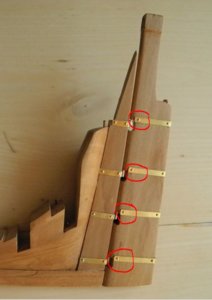
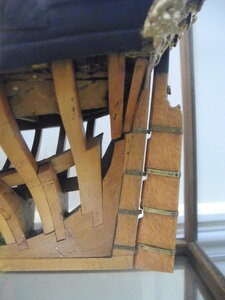
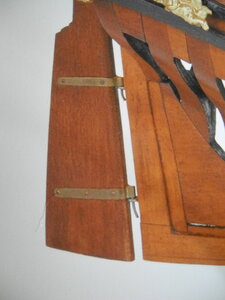
Actually take a look few tutorial videos we have: how to rotate images (before posting)PS: Sorry, but I don't know, how to turn pictures upright.

Hi Alexander
Nice to see your very well built model of St. Albans
kindly regards
Willi (schifferlbauer)
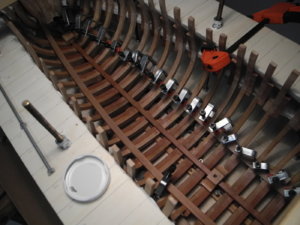
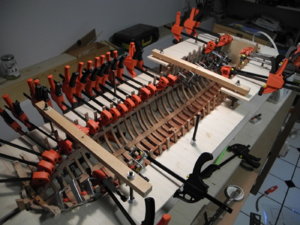
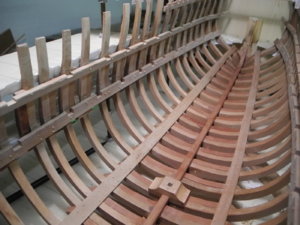
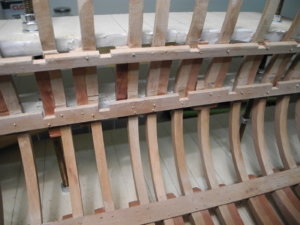

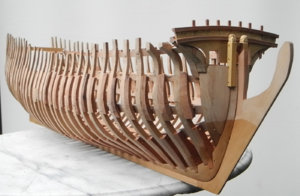
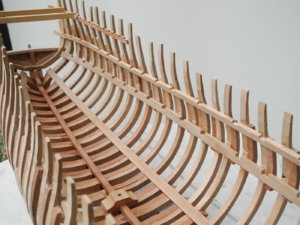
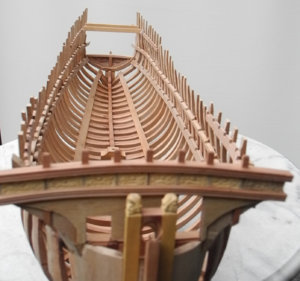

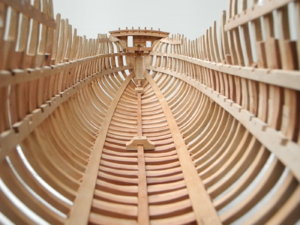
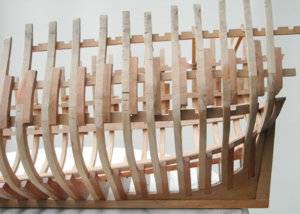
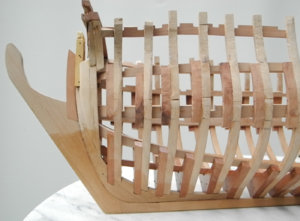
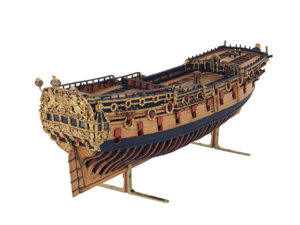

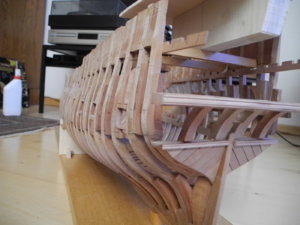
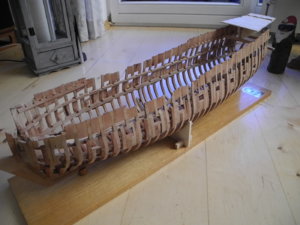

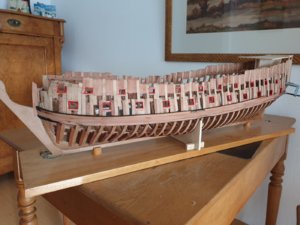
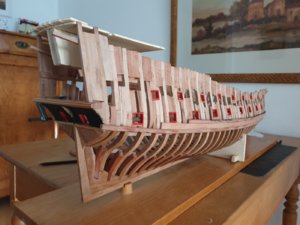
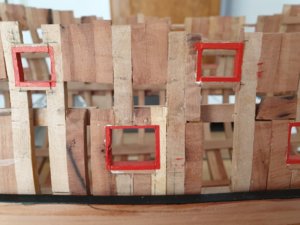
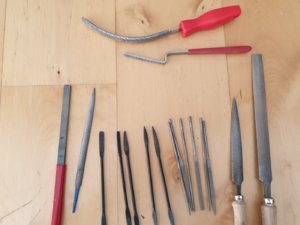
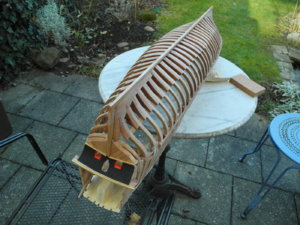

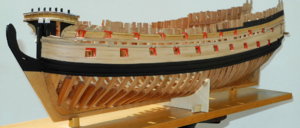
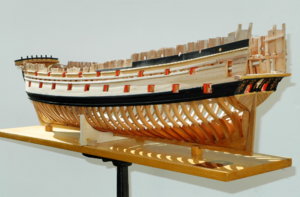
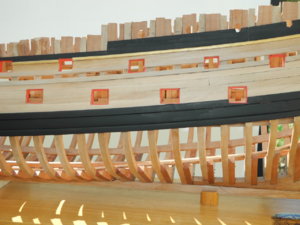


 Du hast ja heimlich ganz schön weitergebaut. Sieht spitze aus.
Du hast ja heimlich ganz schön weitergebaut. Sieht spitze aus. with your skill you doesn´t need any inspiration
with your skill you doesn´t need any inspiration 


